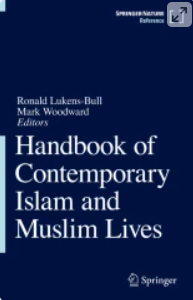
Note for editor: (no download link) as most of books
Muslim presence in Latin America has characteristics in common in the various countries in the region. At the same time, each case should be understood in the context of the specific processes of institutionalization, visibility, integration, and public recognition of Islam, historically built in each of these countries and according to each peculiar religious field. This chapter analyzes the presence of Islam in Latin America by choosing some contemporary Latin American Islamic landscapes. Focusing on a variety of scenarios makes it possible to show how, beyond common characteristics, there are contextual specificities that render the ethnographic research on Islam and Muslims in Latin America relevant. After a brief overview of the difficulty in quantifying the number of Muslims in the different countries, the chapter will discuss (1) the experience of the immigration of Muslim Lebanese to a transnational region that is home to one of the most recent Islamic communities, (2) the increasing conversion to Islam of Latin Americans, and (3) the spreading of Sufism in some countries.
Montenegro, S. (2021). ‘Experience of Muslims in Latin America’ In: Lukens-Bull, R., Woodward, M. (eds) Handbook of Contemporary Islam and Muslim Lives, Cham: Springer.
I agree to the terms outlined below:
You agree to upload and assign Mosqpedia Database the rights to use the content worldwide and in perpetuity across all current and future media platforms. Mosqpedia Database may edit, copy, adapt and translate your contribution.
The content will be distributed under the Creative Commons Attribution-Deed – Attribution-NonCommercial-NoDerivatives 4.0 International – Creative Commons
All data will be stored in line with data protection regulations.